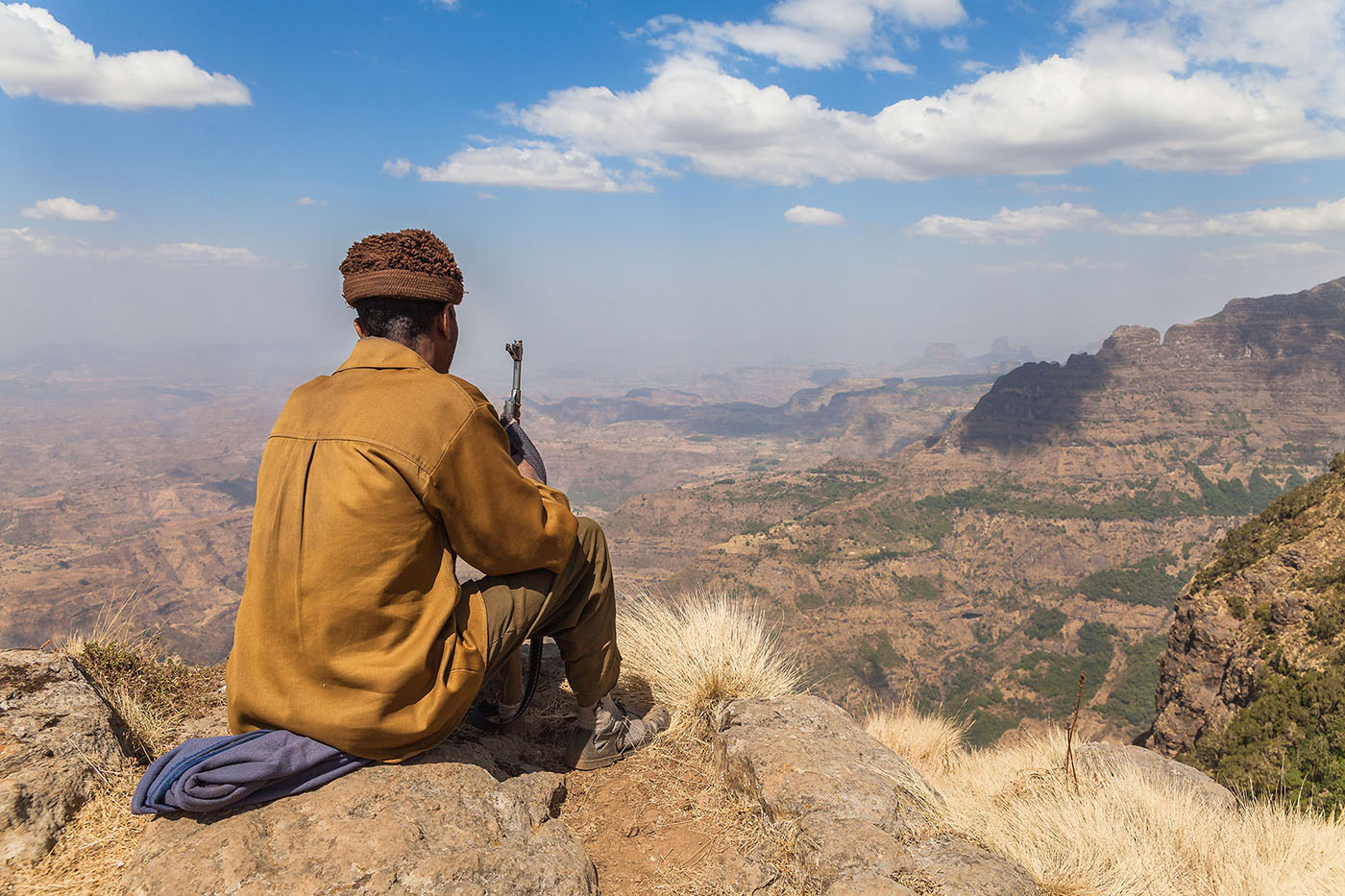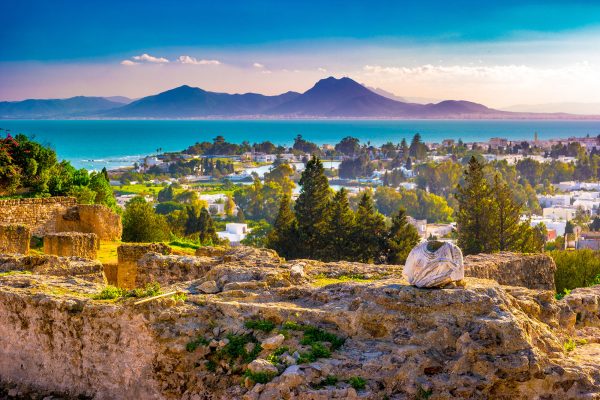No products in the cart.

Ethiopia: Five Things To Know
Even with a competent guide on the ground, Ethiopia is a hard country to navigate. There’s not an abundance of travel articles circulating the Internet about the country, or hipster blog posts or glitzy tourism brochures. The lack of literature can make planning a bit more tedious and nerve-racking than say … Rome. I spent all of nine days traveling around Ethiopia and while I’m certainly no expert on the country, I think these are fives things most first time visitors will want to know before arriving.
1. The Internet Sucks
Outside of Cuba, I haven’t visited many places with worst Internet service than Ethiopia. Calling the country’s Internet connections (mobile, wifi or tethered) inconsistent is being polite. In addition to the already spotty service, the government shutdown the Internet for an entire week while I was there to prevent students from sharing answers for a national exam. The year prior, someone leaked the answers online and so to prevent another cheat, the government concluded that shutting down the Internet for the entire country was a fitting solution. Travelers be damned! Similar events have unfolded around times of mass protests or opposition to the ruling party as well.
Also, around 75-percent of Ethiopia’s Internet cafes are in Addis Ababa. That means you’ll be hard pressed to find spots in the more rural areas to get your internet fix. Most hotels do have some form of connectivity for visitors, but again, the service is spotty.
2. It’s Massive
One of the things that surprised me most about Ethiopia is its size. The states of California, Washington and Oregon could be dropped inside its 426,400 square miles and there would still be room to add a few more states. That means there’s a lot to see and do, but that’s not necessarily easily achieved because of a tourism sector in its infancy. The Omo Valley is a two-day drive from the capital on some pretty bumpy and shoddy roads. It’s fifteen hours the opposite direction of Addis Ababa to the Danakil Depression. The hottest spot in the world is worth your time, but so is the Omo Valley. Plan accordingly and check flights to other towns throughout the country if it’ll save you a day or two of bouncing around some SUV.
3. Developing Tourism Infrastructure
Around 880,000 tourists visit Ethiopia annually. Think that’s a lot? 85.7 million tourists visit France in a year. Government officials hope Ethiopia’s emerging economy will be fueled by tourism, but they’ll have a lot of work to do if they expect that to become a reality. Navigating this country is extremely difficult even with a guide. And don’t even think about visiting the tribal Omo Valley region without someone that knows a member of the tribe you plan to visit and their spoken language. With over 80 tongues active throughout the country, it’s a task. Hotels are not on par with the standards of most western tourists, public transportation is not as effective or timely and most public bathrooms are, well, not places most would choose over a shovel and napkin on a dirt road.
That being said, Ethiopia has nine UNESCO world heritage sites, numerous tribes living in time capsules, national parks, mountains, volcanos, sand dunes, historic churches and amazing wildlife. There is a lot to do, but don’t visit excepting things England or Finland in Africa.
4. It’s Safe
Ethiopia is relatively safe. As a general rule for travel anywhere, limit your flashiness by leaving expensive jewelry at home, and your expensive electronics and mobile phones in your hotel, or backpack/bag. You will likely encounter men, women and children begging for money, which sadly, is not any different than most major US cities. Where you should be concerned is around any protests, marches or political events. They can quickly turn into events of civil unrest and bombings and attacks, while not frequent, have happened in the past.
5. Cash Rules Everything Around You
Carry cash on you. Even if it’s less than $100, having it in your wallet or purse will make your life easier because Ethiopia is primarily a cash based society. Finding banking facilities or ATMs outside of the major cities can be a pain in the ass so bypass the hassle with financial preparation. A lot of restaurants and stores only take cash, and the ones that do take credit card almost certainly prefer cash. Ethiopia uses the Ethiopian Birr as their currency. The exhchange rate with the dollar at the time of this writing is 28 to 1. I almost always take the local currency out of an ATM when I travel, and never exchange my dollars on the streets.




